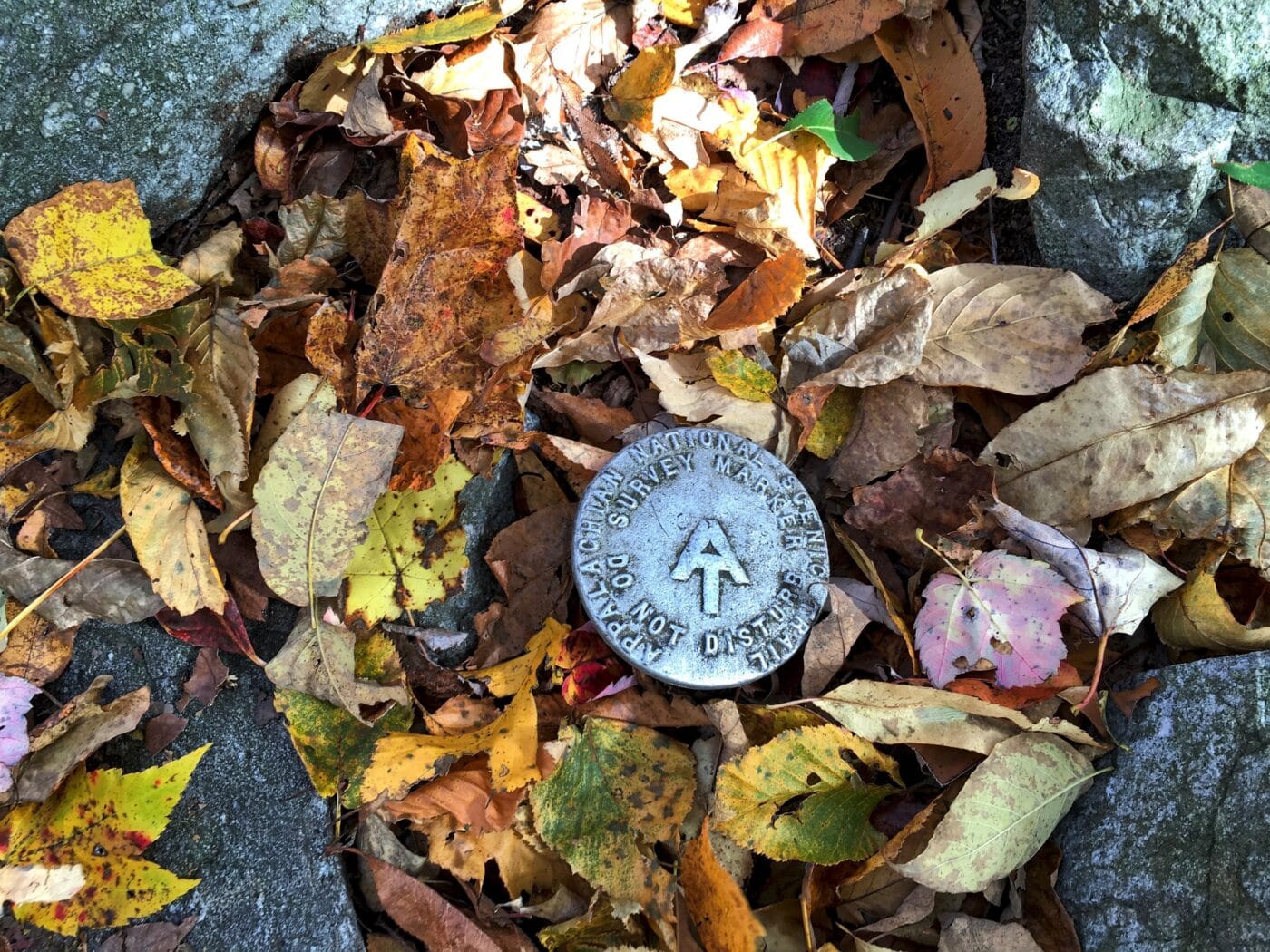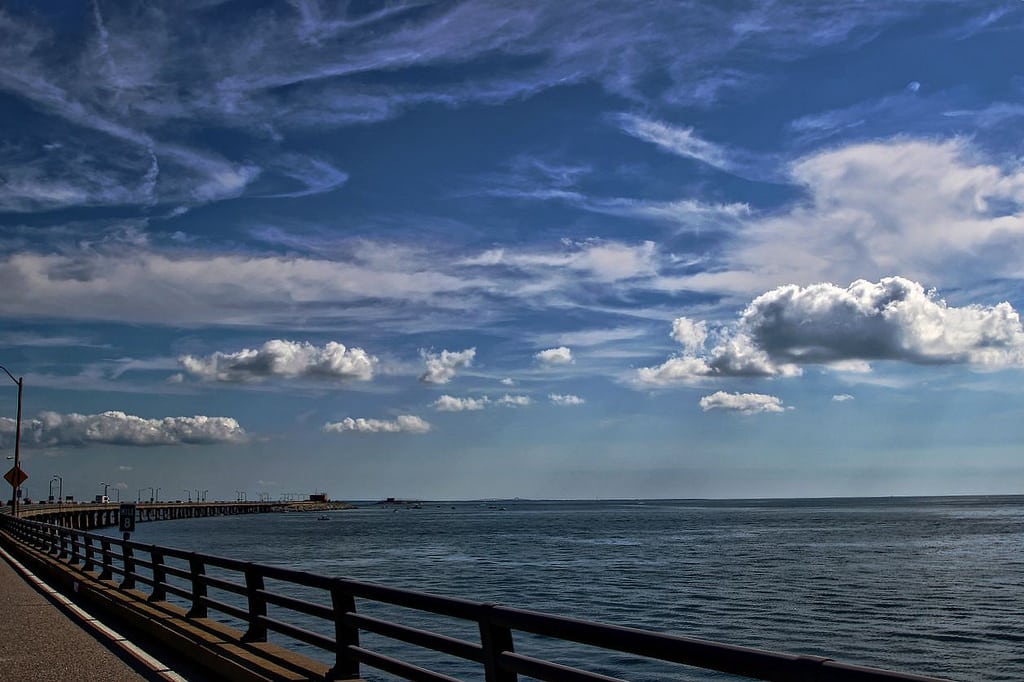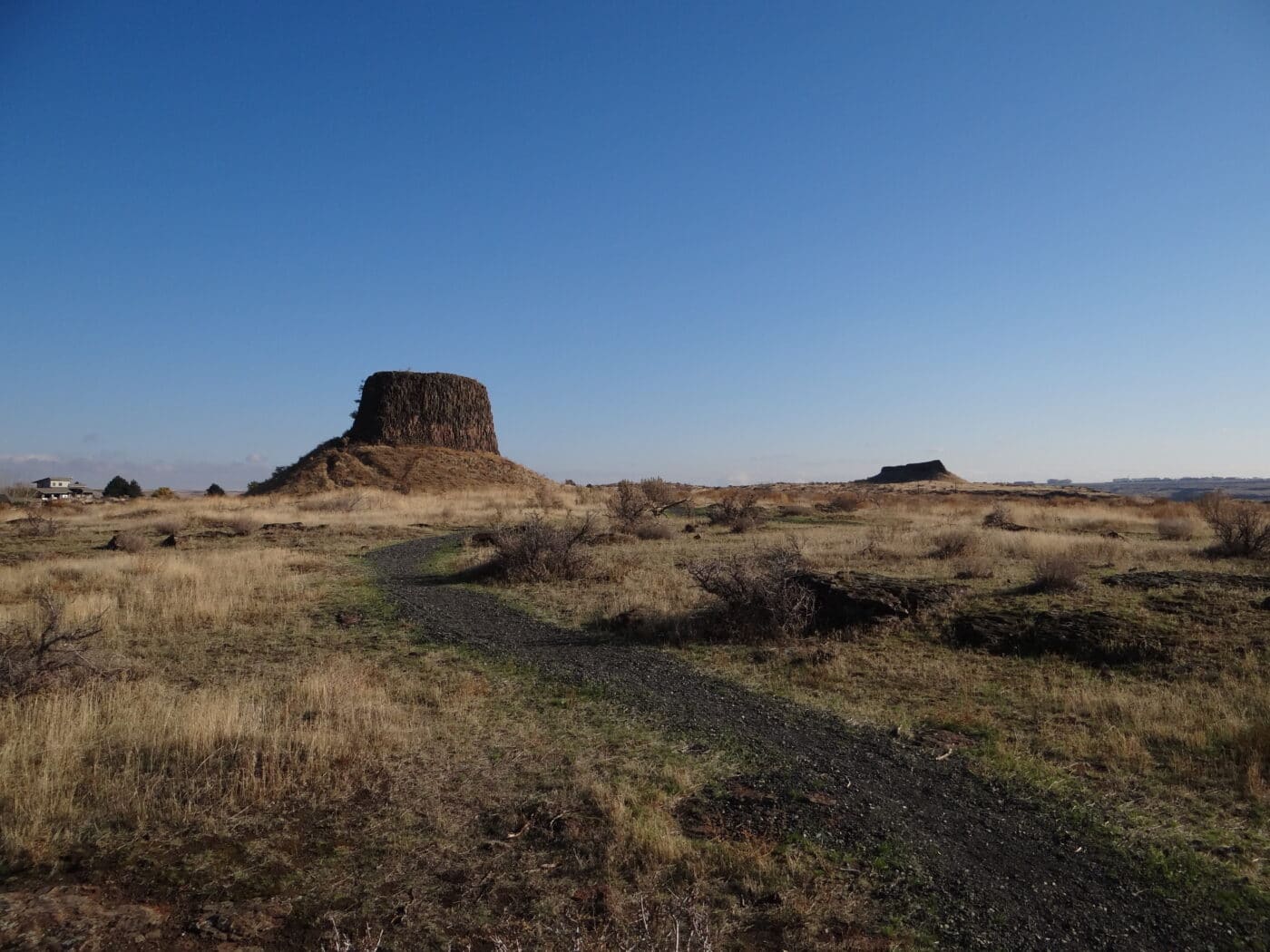National Parks of West Virginia
There is currently seven National Park Service Site in West Virginia and 3 associated sites.
Official National Parks of West Virginia
- Appalachian National Scenic Trail
- Bluestone National Scenic River
- Chesapeake & Ohio Canal National Historical Park
- Gauley River National Recreation Area
- Harpers Ferry National Historical Park
- New River Gorge National Park
- New River Gorge National Preserve
Associated sites of West Virginia
- Chesapeake Bay
- Coal National Heritage Area
- Wheeling National Heritage Area
[show-map id=”35″]
West Virginia National Parks
Appalachian National Scenic Trail
Depending on where you are from, the Appalachian National Scenic Trail either starts in Mount Katahdin, Maine and ends in Springer Mountain, Georgia, or starts in Springer Mountain, Georgia, and ends in Katahdin, Maine. The Appalachian Trail is 2,181 miles long and passes through 14 states (Georgia, North Carolina, Tennessee, Virginia, West Virginia, Maryland, Pennsylvania, New Jersey, New York, Connecticut, Massachusetts, Vermont, New Hampshire, and Maine).
There is 4 miles of trail in the state of West Virginia with 20 miles on a shared border of Virginia. The trail passes thru Harpers Ferry and is often considered the mental mid-point of the trail.
Every year several thousand people attempt to thru-hike the trail. Tens of thousands of people will hike sections of the trail each year. The trail was officially completed in 1937 but the improvement has been ongoing since then. The trail is maintained by 31 different trail clubs and other partnerships.
Things to do in Appalachian National Scenic Trail: Hiking, Wildlife Viewing, Scenic Views
How to get to Appalachian National Scenic Trail: There are multiple access points along the trail. Many of which are driveable.
Where to Stay in Appalachian National Scenic Trail: Along the trail, there are numerous shelters and backcountry campgrounds. Hotels are available in towns along the trail.
Appalachian National Scenic Trail Entrance Fee: There is no entrance fee for the Appalachian Trail but the trail passes through numerous state and national parks, forests and public lands which may charge an entrance fee or have overnight permit fees.
Appalachian National Scenic Trail Official Website: Click Here
Map of Appalachian National Scenic Trail: Download

Bluestone National Scenic River
Chesapeake & Ohio Canal National Historical Park
Gauley River National Recreation Area
Harpers Ferry National Historical Park
New River Gorge National River
Chesapeake Bay Gateways Network
The Chesapeake Bay Gateways Network is a collection of over 150 parks, refuges, museums, historic communities, and water trails along the Chesapeake Bay watershed. This network included sites in Washington D.C, Deleware, Maryland, New York, Pennsylvania, Virginia, and West Virginia.
The Chesapeake Bary watershed drains into the large estuary called the Chesapeake Bay. The Chesapeake Bary is a 200-mile long bay that connects the Susquehanna River and the Atlantic Ocean. Over 15o rivers and streams drain into the bay. The bay ranges from 2.8 miles wide to 30 miles. There is an estimated 11,684 miles of shoreline.
Visitors to the Chesapeake Bay Gateways Network can explore a range of sites and learn about the history, culture and natural importance of the area.

Coal National Heritage Area
Lewis and Clark National Historic Trail
The Lewis and Clark National Historic Trail follows the route Meriwether Lewis and William Clark took across the United States’ newly purchased territory. The trail starts at Camp Dubois, Illinois and passes thru Missouri, Kansas, Iowa, Nebraska, South Dakota, North Dakota, Montana, Idaho, Oregon, and ends in Washington. The trail is a combination of auto, land and water routes.
The Lewis and Clark expedition started in May 1804 with the goal to find a practical route across the western region of North America. They were to lay claim to these lands to limit European expansion. The expedition was a success. Lewis and Clark crossed the Louisiana purchase and made it to the Pacific Ocean. They recorded the plants, animals, and landscapes as they traveled. They laid the foundations for future relationships with the American Indian tribes of the relationships.
The trail was established on November 10, 1978. There are over 100 stops along the trail.
Things to do in Lewis and Clark National Historic Trail: Hiking, Auto Tours, Museums,
How to get to Lewis and Clark National Historic Trail: The sites are located in the 16 states the trail runs through.
Where to Stay in Lewis and Clark National Historic Trail: There are various places to stay along the trail.
Lewis and Clark National Historic Trail Entrance Fee: There may be nominal fees at trail-related federal, state, or locally owned historic sites and interpretive facilities.
Lewis and Clark National Historic Trail Official Website: Click Here
Map of Lewis and Clark National Historic Trail: Download

